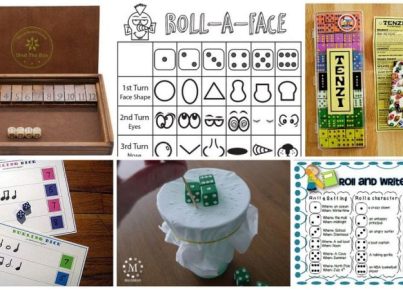- “Dragons Love Tacos” by Adam Rubin and Daniel Salmieri – This humorous tale follows a group of dragons who can’t resist a party with tacos. It introduces kids to the idea of different food preferences and how they can be enjoyed by everyone.
- “Cloudy with a Chance of Meatballs” by Judi Barrett and Ron Barrett – In this imaginative story, the town of Chewandswallow experiences peculiar weather patterns where it rains food. Kids will love the creativity and element of food adventure in this book.
- “Green Eggs and Ham” by Dr. Seuss – A classic from Dr. Seuss, this book encourages kids to try new foods through a fun rhyming tale. It teaches important lessons about exploring different flavors and being open to new experiences.
- “The Supper Book” by Diane Joy Charlton – This interactive book helps children learn about food groups, nutrition, and the importance of a balanced diet. With colorful illustrations and engaging activities, it’s a great resource for teaching kids about healthy eating.
- “The Very Hungry Caterpillar” by Eric Carle – This beloved picture book follows the journey of a caterpillar as it eats its way through various foods before transforming into a beautiful butterfly. It’s a great book to introduce concepts of counting, days of the week, and healthy eating.
- “If You Give a Mouse a Cookie” by Laura Numeroff and Felicia Bond – Although not specifically focused on food, this book follows a chain reaction of events that begins with a mouse asking for a cookie. It’s a delightful story that helps kids understand cause and effect.
- “How to Make an Apple Pie and See the World” by Marjorie Priceman – In this whimsical book, a young girl embarks on an international adventure to collect ingredients for an apple pie. It combines cooking and geography, providing a delightful learning experience for kids.
- “The Pigeon Finds a Hot Dog!” by Mo Willems – Part of the popular Pigeon series, this book follows Pigeon’s hilarious antics as it encounters a hot dog. Through Pigeon’s adventures, kids will learn about sharing and trying new foods.
- “Pancakes, Pancakes!” by Eric Carle – In this book, kids join Jack as he embarks on a quest to gather the ingredients needed to make a stack of pancakes from scratch. It’s a great way to teach children about the process of food preparation.
- “Too Many Tamales” by Gary Soto – This heartwarming story revolves around a little girl who helps her family make tamales for Christmas. When she accidentally loses her mother’s wedding ring in the masa, the girl learns the importance of honesty and family bonding.
- “Eat Your Peas” by Kes Gray and Nick Sharratt – A humorous tale about a little girl named Daisy who refuses to eat her peas. Through lively illustrations and witty dialogue, kids will be entertained while learning about the importance of healthy eating.
These 11 food-themed books for kids provide a blend of entertainment and education, making reading an enjoyable experience while promoting healthy food habits and adventurous eating.
How to Recognize a Toxic School Culture Before You Get the Job
Toxic school cultures can be detrimental not only to the teachers and staff but also to the students’ well-being and academic success. It is crucial to recognize the signs of a toxic school culture before accepting a job offer. Here are some key indicators to look out for:
- Lack of Transparency: A toxic school culture often lacks transparency in its decision-making processes. Important information may be withheld, and educators may feel left in the dark about key decisions that impact their work.
- Poor Communication: Communication breakdowns are common in toxic school environments. There may be a lack of clear and timely communication between administrators, teachers, and support staff. This can lead to confusion, frustration, and a sense of isolation among educators.
- High Teacher Turnover: Excessive teacher turnover is a red flag for a toxic school culture. If teachers frequently come and go, it may indicate deeper issues such as poor leadership, lack of support, or a toxic working environment that contributes to dissatisfaction and burnout.
- Micromanagement: In a toxic school culture, administrators may micromanage teachers, leaving them little autonomy in instructional decisions. This can lead to frustration and hinder professional growth.
- Bullying and Harassment: Toxic school cultures may foster bullying and harassment among staff members or between staff and students. This behavior can create a hostile work environment and have a negative impact on everyone involved.
- Lack of Support: Teachers thrive in environments where they feel supported. A toxic school culture often lacks the necessary support systems for teachers, such as professional development opportunities, mentorship programs, and resources. This can hinder professional growth and contribute to feelings of inadequacy.
- Negative Staff Morale: Toxic school cultures tend to have low staff morale. This can manifest as negativity, gossip, or a general sense of unhappiness among staff members. Pay attention to how teachers and staff interact and whether there is a positive and collaborative atmosphere.
Recognizing these signs can help you avoid entering a toxic school culture and protect your well-being as an educator. Conduct thorough research about prospective schools, reach out to current or former employees for insights, and trust your instincts before accepting a job offer. Remember that a supportive and positive school culture is crucial for both personal and professional growth.





